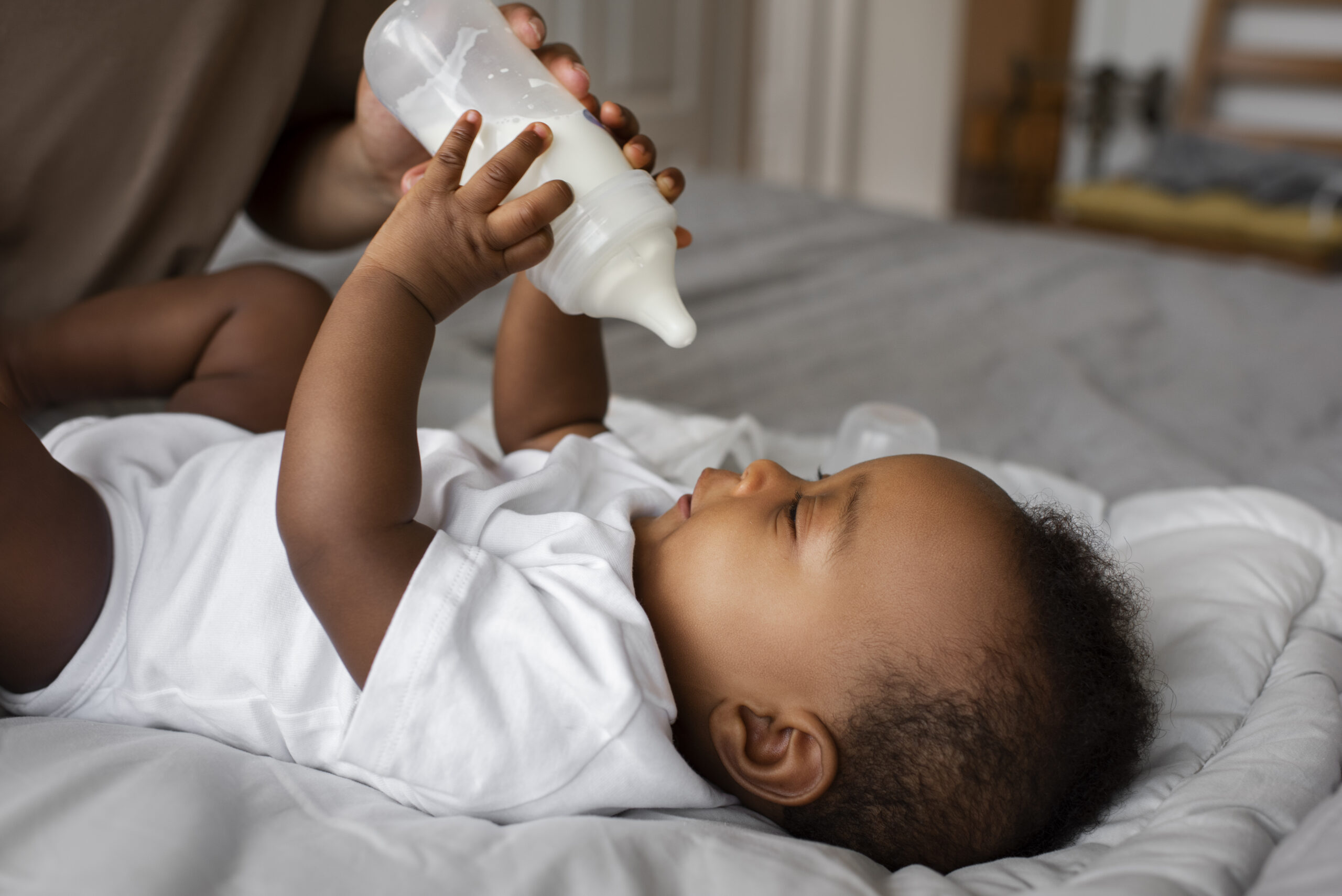A Guide to Building Healthy Bathing and Hygiene Habits for Children.

Children are naturally curious and explore their world through touch. This can lead to them picking up germs throughout the day, leaving parents feeling overwhelmed with regard to keeping their little ones healthy.
One of the essential aspects of child care is fostering healthy hygiene habits from a young age. Establishing these habits early enables you to equip them with the tools they need to stay healthy throughout their lives. Below is a comprehensive guide to help you build and maintain healthy hygiene practices for your children;
1. Oral Hygiene
Dental care should begin even before your child’s first tooth appears. Gently wipe their gums with a soft, damp cloth after feeding to remove bacteria. Make brushing a fun activity by choosing colorful toothbrushes to pique their interest. Limit sugary food as these create an acidic environment in the mouth that promotes tooth decay.
Schedule regular dental checkups for your child starting at an early age. This allows dentists to monitor their oral development, identify potential problems and provide guidance.
2. Hair care
Younger children below 3 years need less frequent washing due to their less active scalps. For older children, use shampoo and conditioners specifically designed for their delicate scalps and hair to prevent irritation.
Use a wide-tooth comb to gently detangle hair especially when wet. Comb from the end and work your way up to the roots to minimize pulling and discomfort.
3. Skin and body care
Children’s skin is more delicate and prone to irritation and infections than adult skin. Regular bathing with child-friendly products helps to remove dirt, sweat, and bacteria thus reducing the risk of skin issues such as rashes. For younger children, use colorful washcloths and fun bath toys to make it a positive experience. Children with certain skin conditions such as eczema may require special bathing products. Consult a pediatrician if you have any concern.
Certain age groups and developmental stages may require specific attention to hygiene. Here is a breakdown of how to practice proper hygiene according to age;
1. Infants and Toddlers (up to 3 years old)
During this stage, focus on gentle bathing with lukewarm water using a mild and gentle cleanser. Ensure daily diaper change and cleaning your hands frequently. Bathing can be done every other day or as needed.
2. School age children(ages 4-9)
School going children tend to become more active and explore their surroundings more independently. Encourage your children to wash their hands after using the toilet, before eating, and after blowing their nose. Focus on teaching them to wash all areas of their body including armpits and feet.
3. Adolescents
Puberty brings about changes in body odor and skin. Regular showers and introducing the use of deodorants is crucial in maintaining proper hygiene. Discuss these bodily changes openly with your child to normalize hygiene practices.
The habits children develop in early childhood often persist into adulthood. By emphasizing the importance of bathing and hygiene from a young age, parents lay the foundation for lifelong habits that contribute to overall health and well-being. Children who are accustomed to regular hygiene practices are more likely to carry these habits into adolescence and adulthood thus reducing the risk of hygiene-related health issues later in life.




